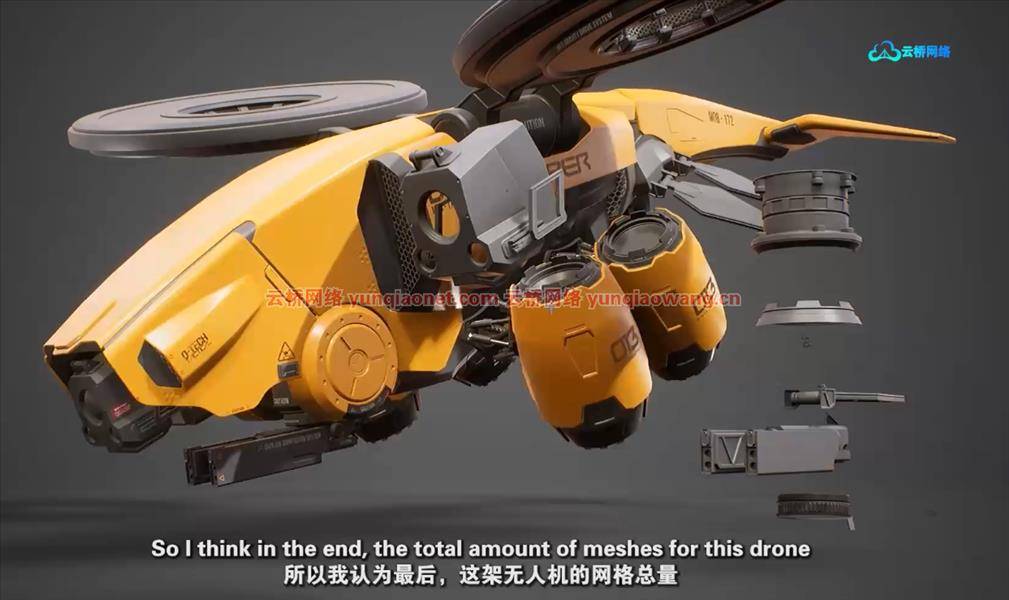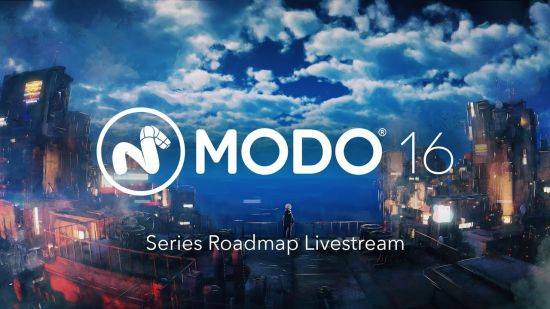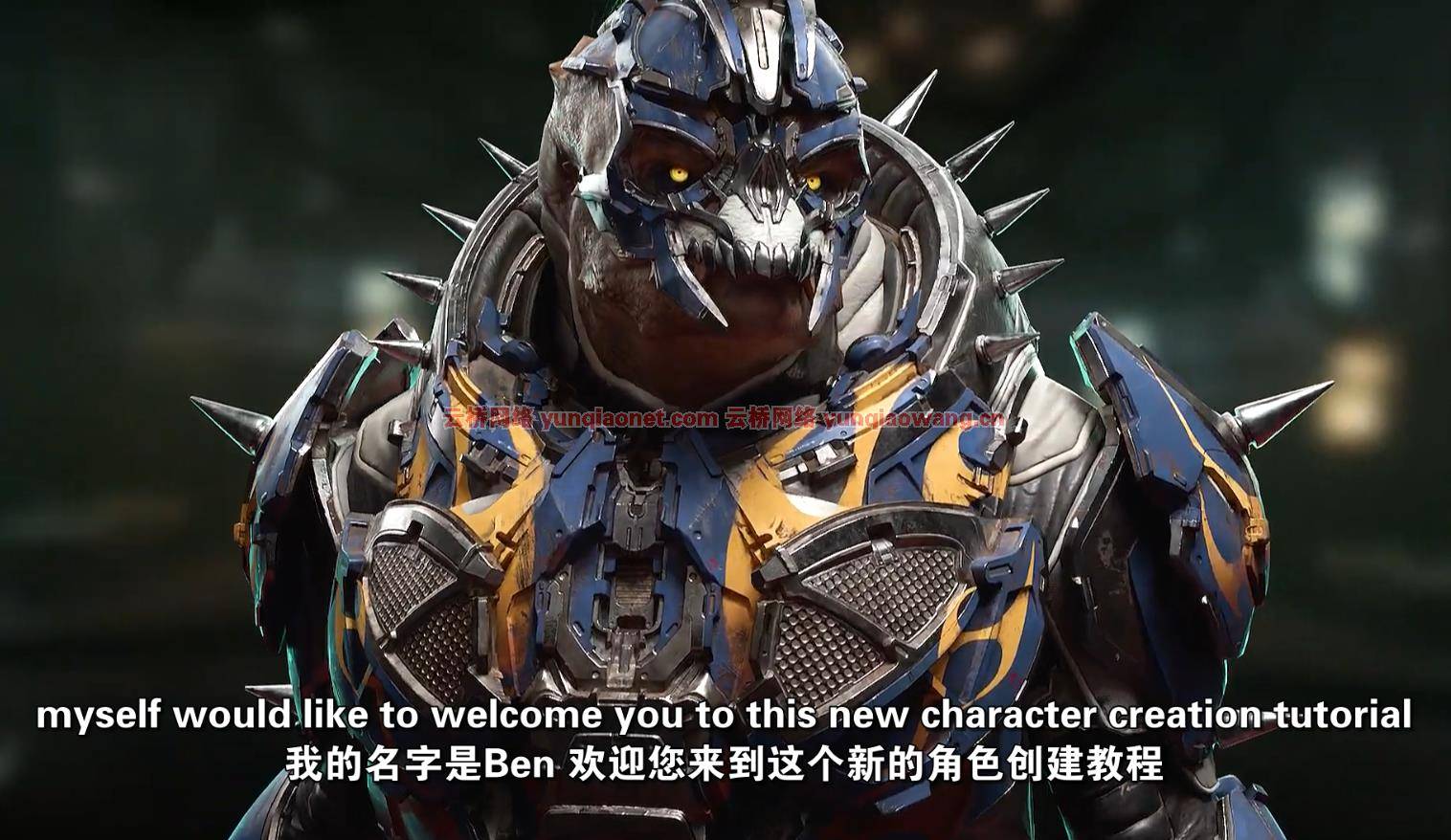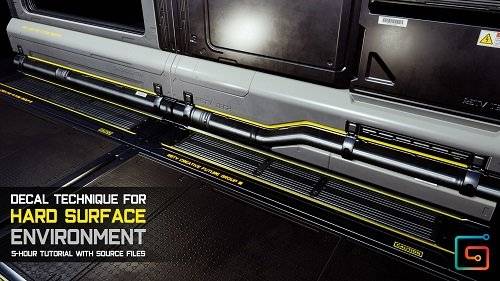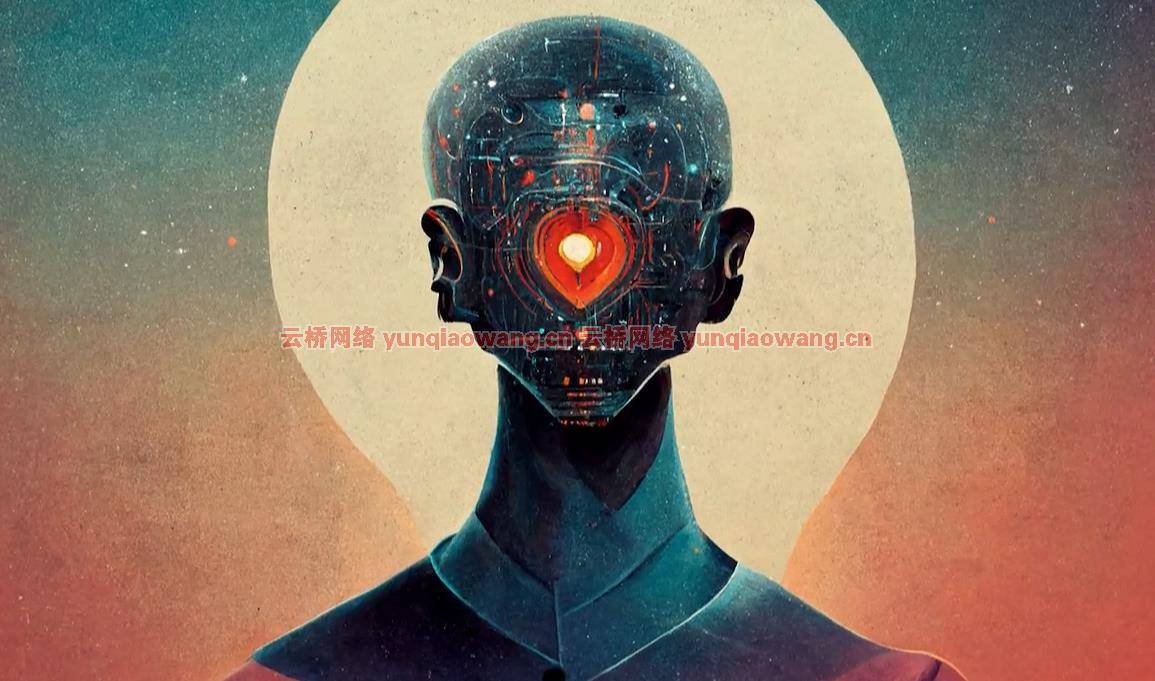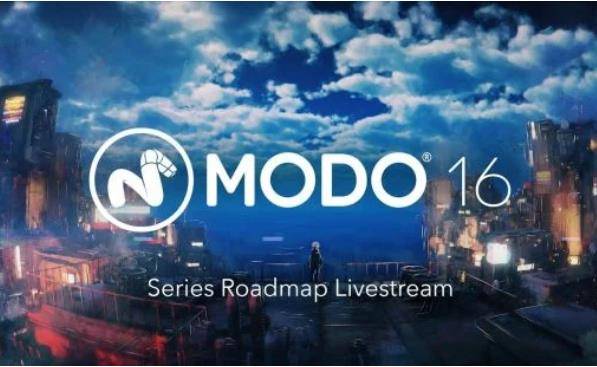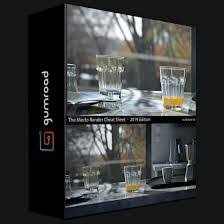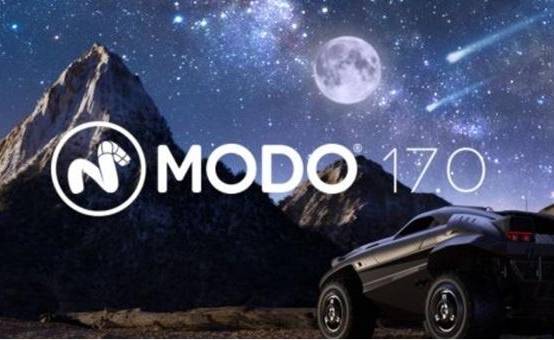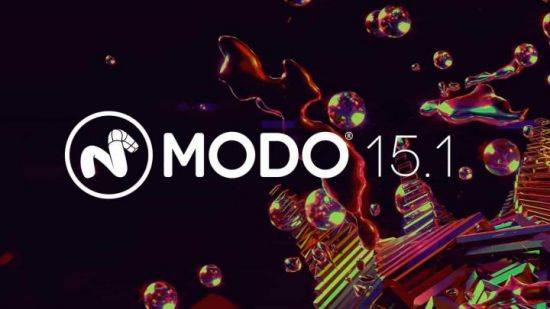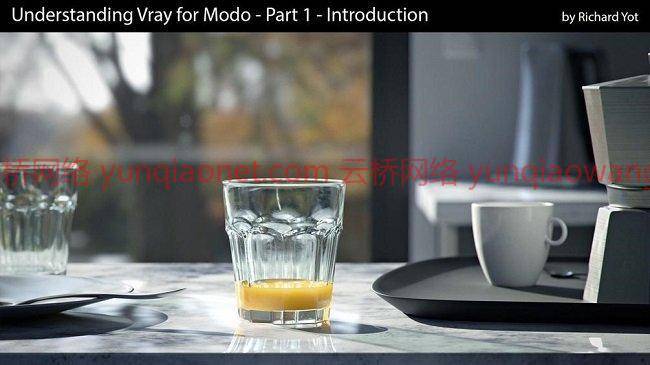
Gumroad – Understanding Vray for Modo – Part 1 and 2 Gumroad–了解Modo的Vray–第1部分和第2部分
教程大小:1.2G 1920X1080分辨率 含材质预设和工程文件 共18小节课程 语言:英语+机译中文字幕
本文对Vray for Modo的介绍将有助于解开如何在Modo中使用Vray的最佳方法,尤其是在创建材质和使用何种渲染设置时。
如果您熟悉Modo的着色系统,您可能会发现很难将一些概念和设置转换为Vray,因为Vray的着色器的工作方式稍有不同,尤其是当涉及到菲涅耳反射时。如果你不能清楚地理解这些差异,那么将Modo材料翻译成Vray是很困难的。本教程将帮助您掌握如何在Vray中创建真实且物理上精确的材质。
在Vray中,有几个用于子曲面散射的选项,从常规Vray材质到SSS2材质以及AlSurface着色器。所有这些都是比较和探讨。
特别注意金属的生成,因为由于Vray材料上菲涅耳特性的实现方式,在Vray中很难精确地生成金属。本教程将演示在Vray中创建符合真实世界值的物理精确金属的最直接方法。
渲染设置也被详细解释,并显示了最有效的方法来创建可靠的快速渲染。解释了Vray的优越的GI引擎和显着的速度优势相比,本地Modo渲染引擎。本教程涵盖了Vray中的CPU和GPU渲染,最后的场景可以用这两种方法渲染-GPU渲染速度是普通硬件上CPU渲染速度的两倍。
无论你是在犹豫,并试图决定Vray是否是Modo的一个很好的补充,或者如果你是一个经验丰富的Vray老手,本教程将清楚地解释Vray的着色和渲染方面的工作原理,并探索其他教程中没有涉及的问题,原始研究揭示了Vray鲜为人知的方面。因此,通过对Vray for Modo的介绍,可以省去使用Vray的猜测。
第二部分的Vray for Modo培训将有助于解开如何在Modo中使用Vray的最佳方法,尤其是在创建材质和使用何种渲染设置时。
在本培训中,您将学习更深入的材质创建,同时使用着色器树和图解视图。使用示意图制作涂层材料的过程得到了演示,使我们对Vray的混合材料有了很好的理解。这里有一个循序渐进的示例,演示如何使用Vray自己的程序纹理创建分层材质,以及使用Vray的三平面投影的一个实际示例。这些技术将允许您使用Vray原生材质和纹理快速构建复杂的着色器,并提供一系列功能强大且灵活的选项。
还有一个关于置换的视频,它解释了如何从置换贴图中获取最详细的信息,并讨论了Vray中可用的一些选项,以及何时使用它们。其他视频将介绍Vray代理和门户。
最后,还有一些实际的室内渲染示例,使用HDR图像和区域光进行照明,并提供了使用任一选项照亮场景以获得尽可能快的渲染时间的策略。
作为一个额外的奖励,有20个免费材料的选择,这些材料是专门为本次培训创建的,还将添加一些奖金视频,以显示这些材料是如何创建的。
This introduction to Vray for Modo will help to demystify how to best approach using Vray in Modo, particularly when it comes to creating materials and what render settings to use.
If you are familiar with Modo’s shading system you might find it difficult to translate some of the concepts and settings to Vray because Vray’s shaders work a little differently, especially when it comes to fresnel reflections. This can make translating Modo materials to Vray difficult if you don’t clearly understand those differences. This tutorial will help you master how to go about creating realistic and physically accurate materials in Vray.
In Vray there are several options for sub-surface scattering, ranging from the regular Vray material to the SSS2 material as well as the AlSurface shader. All of these are compared and explored.
Particular attention is paid to the creation of metals, because these can be quite difficult to create accurately in Vray due to the way the fresnel property on the Vray material is implemented. The tutorial will demonstrate the most straightforward way of creating physically accurate metals in Vray that correspond with real-world values.
Render settings are also explained in detail, and the most efficient approach to creating reliably fast renders is shown. Vray’s superior GI engine is explained and the significant speed advantage against the native Modo render engine is demonstrated. The tutorial covers both CPU and GPU rendering in Vray, and the final scene can be rendered with both methods – with the GPU render being twice as fast as the CPU render on regular hardware.
Whether you are on the fence and trying to decide if Vray is a good addition to Modo, or if you are a seasoned Vray veteran, this tutorial will clearly explain the workings of the shading and rendering aspects of Vray, and explores issues which are not covered in other tutorials, with original research revealing little-known aspects of Vray. So take the guesswork out of using Vray with this Introduction to Vray for Modo.
This second instalment of the Vray for Modo training will help to demystify how to best approach using Vray in Modo, particularly when it comes to creating materials and what render settings to use.
In this training you will go into more in-depth material creation, using both the Shader Tree and the Schematic view. The creation of coated materials using the Schematic is demonstrated, giving a good understanding of Vray’s Blend Material. There are step-by-step examples demonstrating how to create a layered material using Vray’s own procedural textures, and a practical example of Vray’s Tri-Planar projection in use. These techniques will allow you to quickly build complex shaders using Vray native materials and textures, with a range of options that are powerful and flexible.
There is also a video about displacement, which explains how to get the most detail out of your displacement maps as well as discussing some of the options available in Vray, and when to use them. Additional videos take a look at Vray Proxies and Portals.
Finally there are some real-world examples of interior renders using both HDR images and Area Lights for lighting, with strategies to get the fastest possible render times using either option to light your scenes.
As an additional bonus there is a selection of 20 free materials included, these have been created specifically for this training and there will also be some bonus videos added to show how some of these materials were created.
[wshop_downloads]
1、登录后,打赏30元成为VIP会员,全站资源免费获取!
2、资源默认为百度网盘链接,请用浏览器打开输入提取码不要有多余空格,如无法获取 请联系微信 yunqiaonet 补发。
3、分卷压缩包资源 需全部下载后解压第一个压缩包即可,下载过程不要强制中断 建议用winrar解压或360解压缩软件解压!
4、云桥CG资源站所发布资源仅供用户自学自用,用户需以学习为目的,按需下载,严禁批量采集搬运共享资源等行为,望知悉!!!
5、云桥CG资源站,感谢您的关注与支持!


